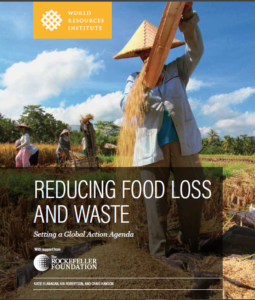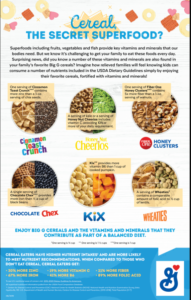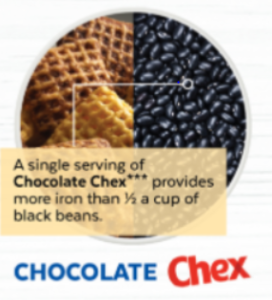Weekend reading: Reducing food waste
The World Resources Institute has issued this report.

Here’s what it does:
- We encourage countries and companies to adopt the global SDG 12.3 target as their own, measure their food loss and waste (since what gets measured gets managed), and take action on the hotspots identified. Although simple, this “Target-Measure-Act” approach is proving effective.
- We identify a short-list of “to do’s” for each type of actor in the food supply chain. If you don’t know which actions to take, start with this list and go from there.
- To scale up the impact and pace of these actor-specific interventions, we recommend 10 interventions that tackle food loss and waste across the entire supply chain, target a handful of food loss and waste hotspots, and help
set the enabling policy and financial conditions that are necessary for success.
It has a great laundry list of recommendations, some of which we can all do right now.
Others will require systems change.
Food for thought.





